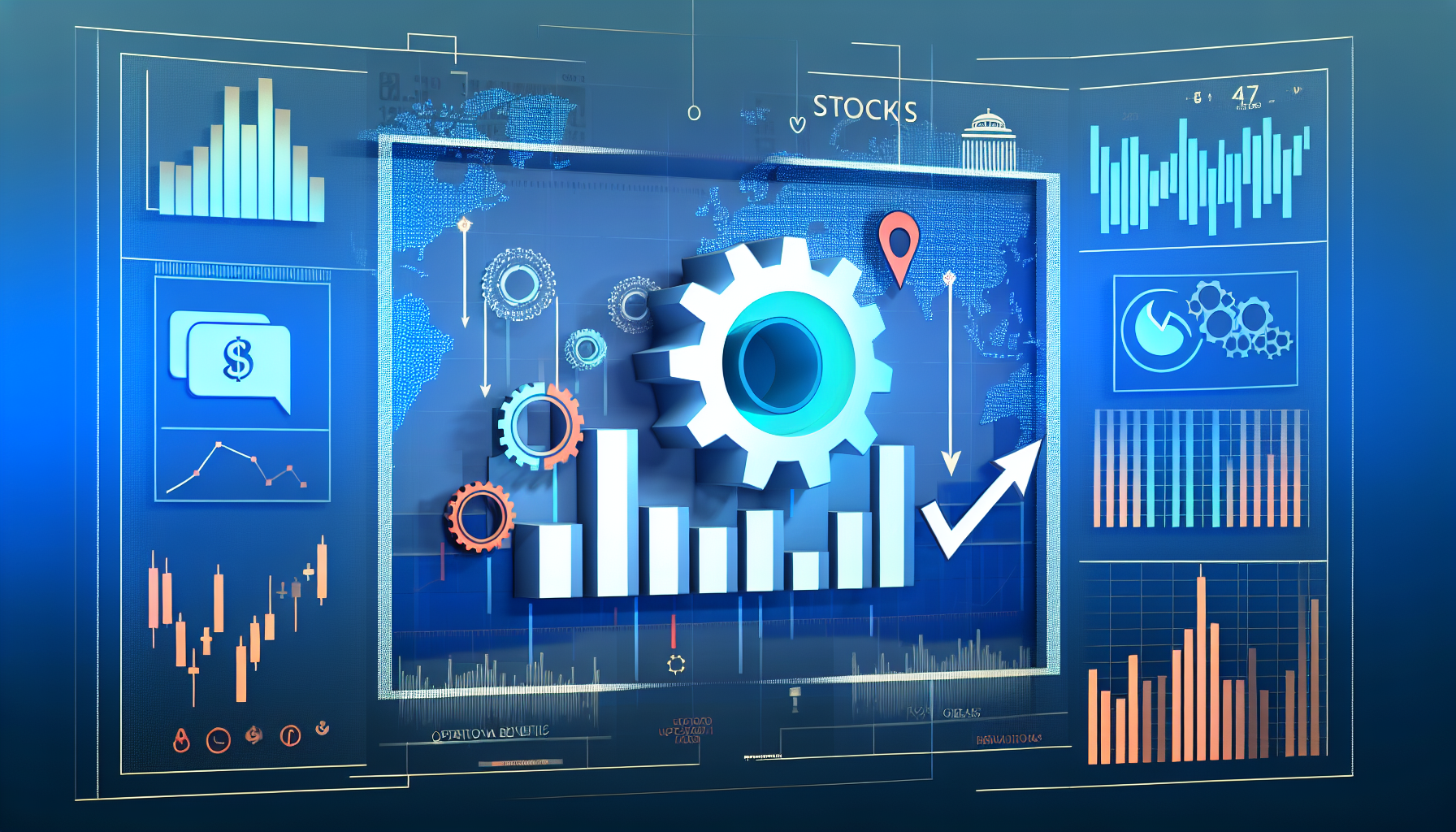
#StockFutures #FinancialMarkets #InvestmentStrategies
Understanding U.S. Stock Futures: An In-depth Guide
Introduction
U.S. stock futures are pivotal financial tools used by investors worldwide to hedge risks and speculate on the financial markets' future course without directly owning the assets. These instruments are contracts to buy or sell a financial product at a future date, carrying implications for global commerce, investment strategies, and economic forecasts. This comprehensive guide explores the intricacies of U.S. stock futures, providing a deep dive into how they function, their benefits, risks, and the role they play in the broader financial ecosystem.
What Are Stock Futures?
Stock futures are legally binding agreements to buy or sell a particular stock or financial index at a predetermined price at a specified time in the future. Unlike stock options, which give the right but not the obligation to buy or sell, futures obligate both the buyer and the seller to fulfill the terms of the contract upon expiration.
Most stock futures in the U.S are traded on platforms like the Chicago Mercantile Exchange (CME) and the Intercontinental Exchange (ICE). These platforms facilitate the trading of futures for broad market indices such as the S&P 500, the NASDAQ Composite, and the Dow Jones Industrial Average.
Key Features of Stock Futures
- Standardization: Each futures contract on an exchange has standardized terms (e.g., number of shares, expiration dates, and conditions of the underlying asset), facilitating easier trading on open markets.
- Margins and Leverage: Futures are traded on margin, allowing investors to control large amounts of securities with a relatively small investment. While this can significantly amplify gains, it also increases potential losses.
- Liquidity and Market Depth: Due to the vast number of market participants, futures markets tend to be highly liquid, offering large market depth. This scenario makes it easier to enter and exit positions.
- Settlements: Most stock futures are cash-settled, meaning that no physical delivery of the actual securities is required. Cash settlements involve paying or receiving the difference between the future and the market prices at the contract's expiration.
Trading Dynamics and Strategies
Hedging
Investors use futures to hedge against risks associated with the volatility of the underlying stock. For example, a portfolio manager holding large shares of a tech company can short a futures contract on the NASDAQ to hedge against potential declines in the tech market.
Speculation
Traders also use futures to speculate on the direction of a security or financial index. Speculators may not necessarily seek to trade the actual stocks but benefit from the price movements of the futures contracts.
Risks Associated with Stock Futures
- Market Risk: The leverage effect of futures can lead to substantial losses, especially if the market moves against the trader's position.
- Liquidity Risk: Some futures might trade on low liquidity, especially those with longer expiration dates which may result in larger bid-ask spreads.
- Systemic Risk: Due to the interconnectedness of financial markets, disruptions in the futures market can lead to wider economic implications.
Regulatory Environment
The U.S. Commodity Futures Trading Commission (CFTC) oversees the trading of futures contracts in the U.S., ensuring transparent, competitive, and financially sound markets. The regulatory framework helps manage market integrity and protects against market manipulation, fraud, and cyber threats.
Comparisons with Other Financial Instruments
Stock futures are often compared to options and spot markets. Unlike options, futures offer less flexibility since they are not merely rights but obligations. In contrast to spot trading, futures allow for the trading of contracts under future conditions, providing a significant tool for price discovery and risk management in financial markets.
Future Directions
The future of stock futures involves the continual integration of technology, enhancing trading platforms' efficiency and security. Innovations such as blockchain and automated trading algorithms could redefine how futures are traded, making them more accessible, faster, and cost-effective for global participants.
Conclusion
Understanding U.S. stock futures is crucial for investors looking to navigate the complex landscape of financial markets. With their ability to hedge, speculate, and provide liquidity, stock futures are indispensable in modern financial contexts. However, they require a sophisticated understanding of market forces and a cautious approach given their inherent risks. As global finance evolves, the strategic use of futures will continue to play a critical role in shaping investment outcomes and economic narratives worldwide.









Leave a Reply